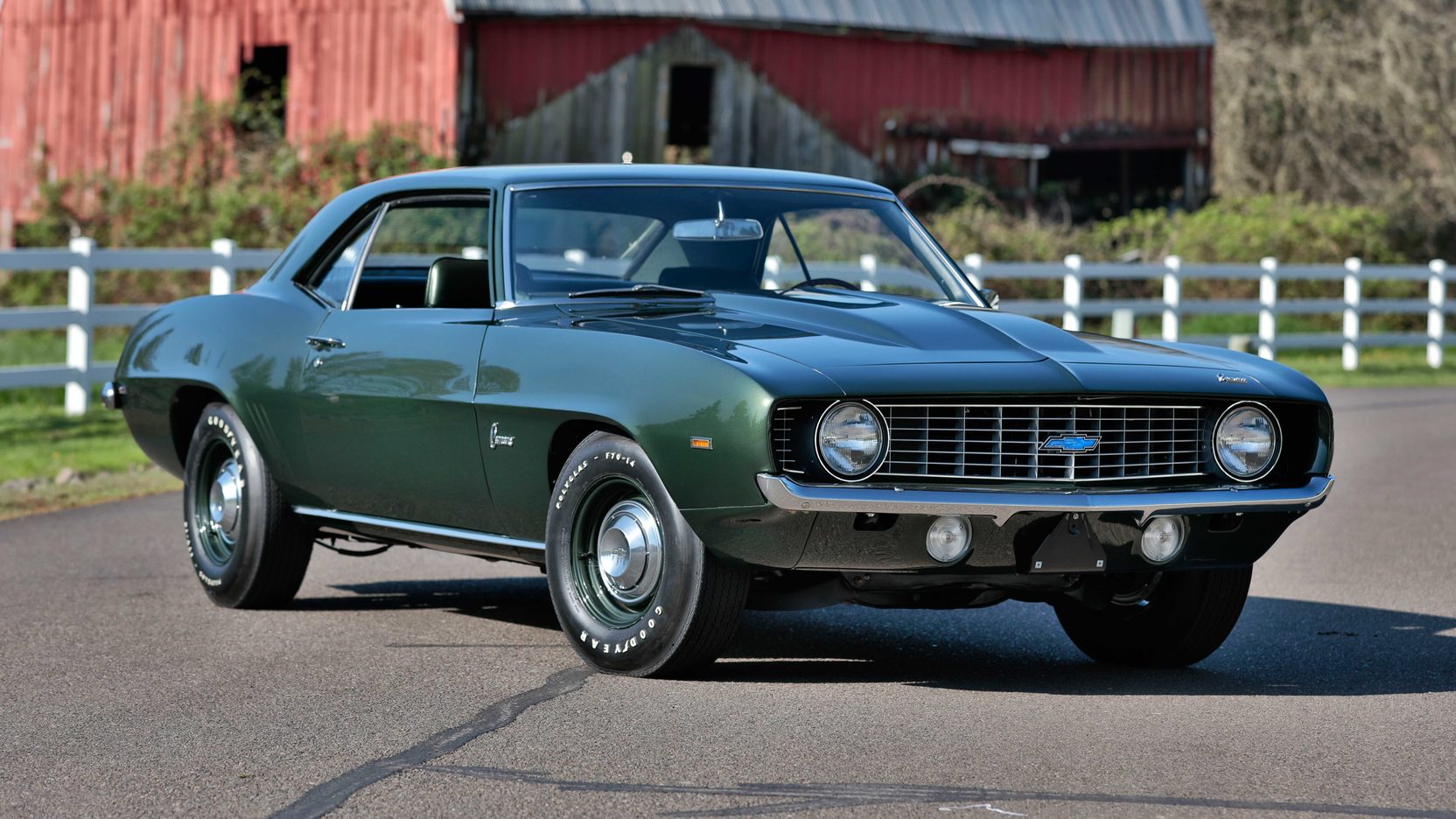Classic Classified: 1969 Chevrolet COPO Camaro
From: Hemmings Motor News, March 1989
Price then: $30,000 ($60,500 adjusted for inflation)
Price now: $84,300 – $200,000
Approximate dollar difference: $139,500 (assuming #1 condition)
Annual rate of return: 4.3%
Camaro: 1969 COPO, 427, 425 hp, automatic, 95 percent original, matching numbers, 29,000 miles, $30,000.
Over the years, COPO has become synonymous with Chevy’s monster-displacement Camaros. It’s a term that is still used today by Chevrolet for the purpose-built drag racing Camaros, which are released year after year, just 69 units at a time.
But what does COPO really mean? An acronym for “Central Office Production Order,” COPO was the method used by dealers in the know who could use it to order options, or a combination of options, that weren’t specifically listed on the order forms. The most famous use was when dealers used the COPO system to circumvent GM’s 400-cu-in limit on anything that wasn’t a full-size car or a Corvette. If you knew what dealers to go to and who to talk to, you could have used the COPO system to order a factory installed 427 in a 1969 Camaro or Chevelle.

In 1969, about 1000 Camaros left the factory with Chevy’s L72 427 that was rated at 425 hp. Since then, the performance of these cars developed into the stuff of legend—and their values reflect it. A pristine, well-documented car will fetch upwards of $200,000.
Maybe $30,000 in 1989 doesn’t sound all that bad, right? Well, back then it was still just an expensive used car with an automatic transmission. In the late ’80s, gasoline was not what it used to be and the high-compression 427 required leaded gasoline, so even just filling her up would have been a hassle. That said, the rarity and desirability of these cars has since more than made up for that annoyance. While the time to cash out on a high-end muscle car like this would have been a few years ago, a 4.3% rate of return since then still makes this a solid investment, and if you could find the right fuel to feed this monster, it would be an even better investment in tire-burning fun.

